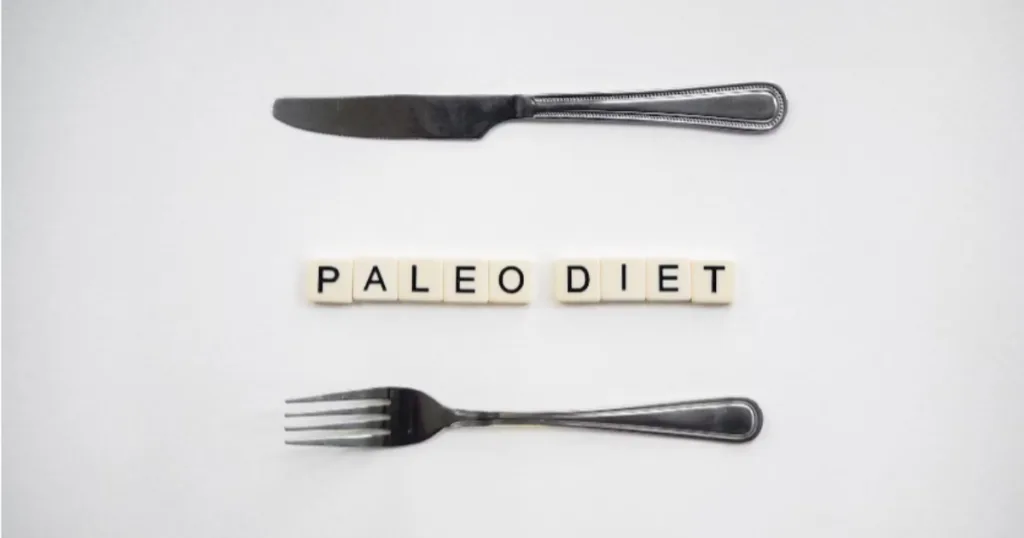Planning paleo meals can be a game-changer for anyone seeking a healthier lifestyle rooted in natural, whole foods. This approach taps into our ancestral eating habits, emphasizing meats, vegetables, fruits, nuts, and seeds while excluding processed foods.

For success with paleo meal planning, it’s crucial to understand the fundamentals and utilize effective strategies. With the following five tips, you can polish your meal prep and track your dietary goals.
- Prioritize Whole, Fresh Ingredients
Fresh ingredients form the backbone of any successful paleo meal plan. Local farmers’ markets and organic grocery shops offer a treasure trove of meats, vegetables, and fruits that align with paleo principles.
It pays to prioritize quality over quantity, so opt for grass-fed meats and organic produce whenever possible. Moreover, minimize your intake of foods with preservatives or additives. Freshness impacts not only flavor but also nutrient content, giving you the most bang for your buck nutritionally.
- Consider Working with a Personal Trainer
Collaborating with a personal trainer can elevate your paleo meal planning game. Trainers bring expertise and guide you on portion control and macronutrient balance tailored to your fitness goals.
If you are wondering how much are personal trainer meal plans, costs vary widely based on expertise and location. However, the investment can pay off by providing customized meal strategies that optimize your performance and health.
- Plan and Prep Ahead of Time
Effective meal planning also involves prepping your meals ahead of time to stay on track. So, set aside a couple of hours each week for chopping vegetables, marinating meats, and cooking in bulk.
Storing prepped ingredients in clear containers makes it easy to assemble quick meals throughout the week. You might also consider batch-cooking recipes like soups, stews, or casseroles that can be frozen and reheated.For busy health enthusiasts, this technique saves time and reduces the temptation to stray from your paleo diet due to convenience.
- Balance Your Macronutrients
Macronutrients are vital for any diet, and the paleo approach is no different. A balanced consumption of proteins, fats, and carbohydrates ensures you maintain your energy levels throughout the day.
Lean meats like chicken or fish offer excellent protein sources, while avocados and nuts provide healthy fats. Remember to incorporate a variety of vegetables to cover your carbohydrate needs without overloading on starchy foods.
- Stay Hydrated
Hydration often gets overlooked but plays a crucial role in your paleo journey. Drinking enough water supports digestion, energy levels, and overall health. Aim for at least half your body weight in ounces of water daily.
Some foods, like fruits and vegetables, naturally contribute to your hydration levels. Coconut water can also be a great option for its electrolyte content, helping maintain balance.
Conclusion
Mastering paleo meal planning doesn’t have to be overwhelming. Ideally, prioritize fresh ingredients, prep beforehand, balance your macronutrients, and stay hydrated. Professional guidance from a personal trainer can further refine your strategy. Remember, consistency is key, so keep your efforts steady and enjoy the benefits of a healthier lifestyle.
